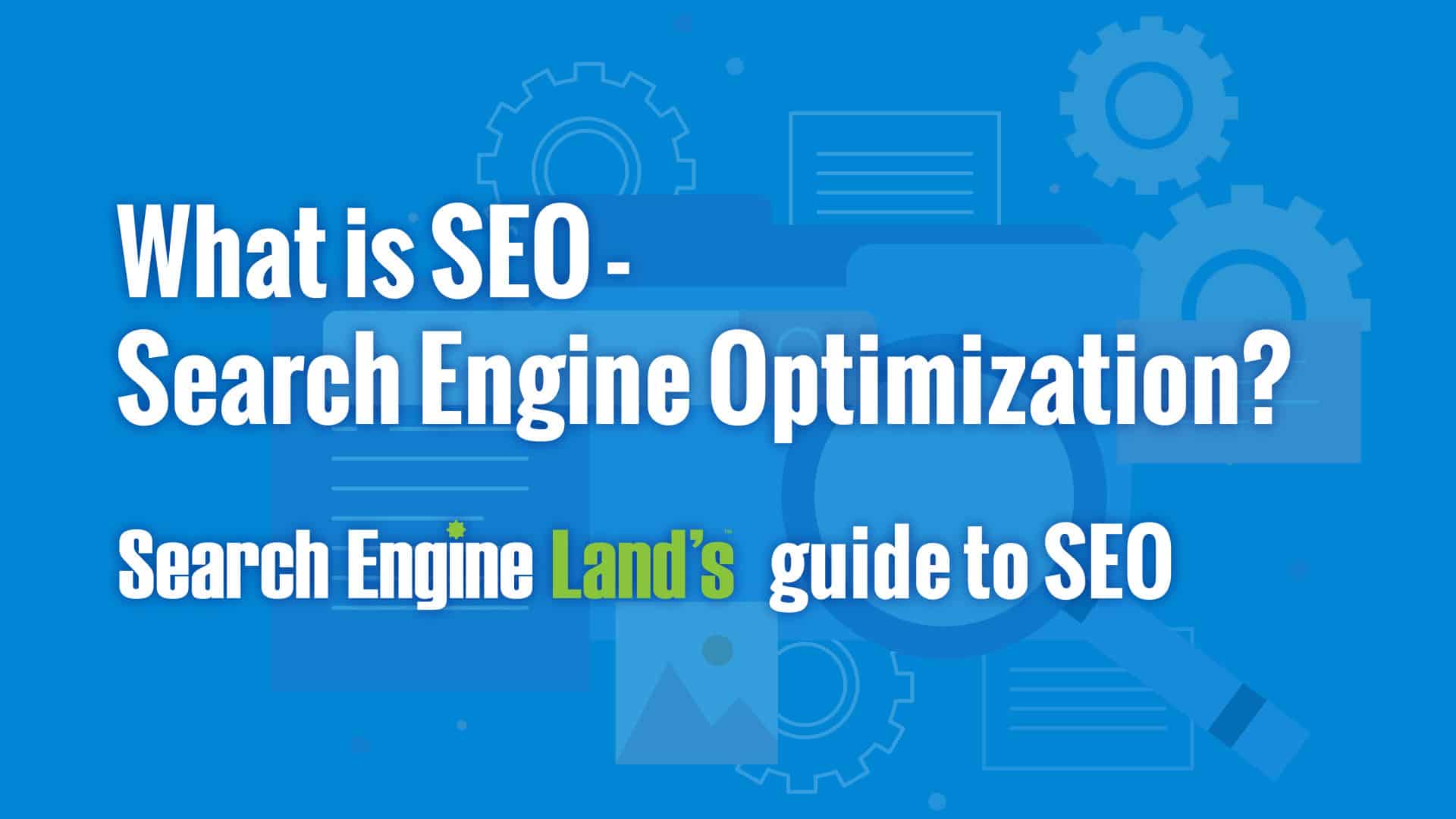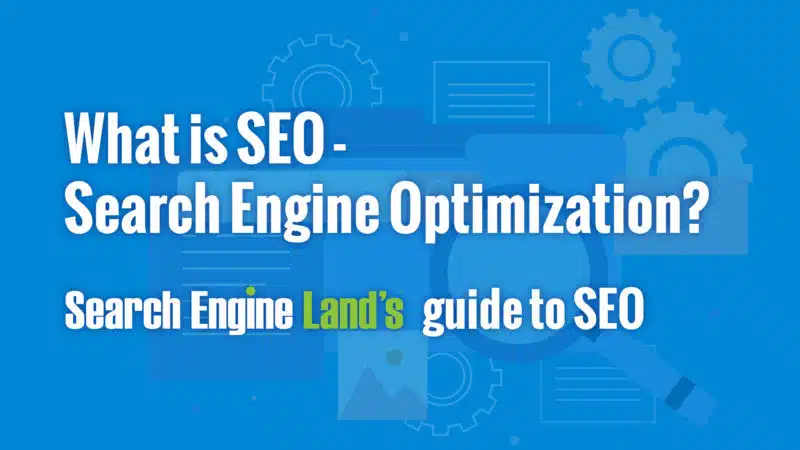To get started with search engine optimization (SEO), begin with understanding its basics. SEO helps improve your website’s visibility on search engines.
Diving into SEO can seem overwhelming at first. But, with the right approach, it becomes manageable and rewarding. SEO is crucial for driving organic traffic to your website, which can lead to more visitors and potential customers. By optimizing your site, you ensure search engines understand and rank it well.
This introduction will guide you through essential steps to kickstart your SEO journey. From keyword research to on-page optimization, you’ll learn the foundational techniques. Ready to boost your website’s presence? Let’s explore the world of SEO together.
Keyword Research
Keyword research is the cornerstone of Search Engine Optimization (SEO). It helps you find the terms people use to search for information online. By targeting the right keywords, you can drive more traffic to your website. This section will guide you through finding and analyzing keywords.
Finding Keywords
Start with brainstorming. Think about words related to your business. Write down any terms or phrases that come to mind. Consider what your customers might search for. Use keyword research tools to expand your list. Tools like Google Keyword Planner or Ubersuggest can help. They provide data on search volume and keyword suggestions.
Look at your competitors. Check which keywords they rank for. This can give you ideas for your own list. Don’t forget to include long-tail keywords. These are longer phrases that are more specific. They often have lower competition and higher conversion rates.
Analyzing Competition
Once you have your list, analyze the competition. Search for your keywords on Google. Check the top-ranking pages. Look at their content and structure. Note how they use the keywords. This can help you understand what works.
Use tools like Ahrefs or SEMrush. These tools show the difficulty of ranking for each keyword. They also provide insights into your competitors’ strategies. Focus on keywords with medium difficulty. They offer a good balance between search volume and competition.
Don’t just target high-volume keywords. They are often more competitive. Aim for a mix of high, medium, and low-volume keywords. This strategy can increase your chances of ranking higher.
On-page Optimization
On-page optimization is crucial for improving your website’s visibility in search engines. By focusing on specific elements within your site, you can help search engines understand your content better. This section will cover two important aspects of on-page optimization: meta tags and content optimization.
Meta Tags
Meta tags provide information about your webpage to search engines and visitors. They are placed in the HTML of your page.
- Title Tag: The title tag is the most important meta tag. It appears in search results and browser tabs. Keep it under 60 characters. Include your main keyword.
- Meta Description: This tag gives a brief summary of your page. It should be between 150-160 characters. Make it engaging and use your main keyword.
- Header Tags: Use header tags (H1, H2, H3) to structure your content. The H1 tag should contain your main keyword. Use H2 and H3 for subheadings.
Content Optimization
Quality content is key to on-page optimization. Search engines rank pages with high-quality, relevant content higher.
- Keyword Placement: Place your main keyword in the first 100 words. Use it naturally throughout your content.
- Content Length: Longer content tends to rank better. Aim for at least 300 words. Ensure it adds value.
- Internal Links: Link to other pages on your site. This helps search engines crawl your site better.
- Alt Text for Images: Use descriptive alt text for images. This helps search engines understand the image content.
- Readability: Write in simple, clear language. Use short sentences and paragraphs. Break up text with headings and bullet points.
By focusing on these key elements, you can improve your on-page optimization and boost your search engine rankings.
Technical Seo
Technical SEO is a crucial part of optimizing your website. It involves improving the technical aspects of your website to boost its ranking on search engines. This includes tasks like optimizing site speed, ensuring mobile friendliness, and fixing any technical errors. By focusing on these areas, you can make your site more accessible and user-friendly.
Site Speed
Site speed is essential for both users and search engines. A fast-loading site keeps visitors engaged. It also helps with better search engine rankings. To improve site speed, start by minimizing HTTP requests. This means reducing the number of elements on your page. You can also compress images. Smaller image files load faster. Use a tool like Google PageSpeed Insights to check your site’s speed. Follow the recommendations provided to make your site quicker.
Mobile Friendliness
Mobile friendliness is now more important than ever. Many users browse the web on their phones. A mobile-friendly site provides a better user experience. It also ranks higher on search engines. Use a responsive design. This ensures your site looks good on all devices. Test your site with Google’s Mobile-Friendly Test tool. Make sure all elements work well on mobile. Avoid using flash. Flash does not work on many mobile devices. By focusing on mobile friendliness, you cater to a larger audience.

Credit: developers.google.com
Link Building
Link building is a crucial part of SEO. Links help search engines discover your pages and understand their relevance. Effective link-building can improve your site’s visibility and ranking. There are two main types of links to focus on: internal and external links.
Internal Links
Internal links connect your site’s pages. They help users navigate your site and find related content. Internal links also distribute ranking power across your site. For example, linking a blog post to a related service page can boost both pages’ SEO.
Use relevant anchor text for internal links. This helps search engines understand the linked page. Avoid generic phrases like “click here” as anchor text. Instead, use descriptive terms that match the linked content.
External Links
External links come from other websites. They point to your content and improve your site’s authority. High-quality external links can boost your site’s credibility. Aim for links from reputable and relevant sites.
Build relationships with other site owners for external links. Guest blogging is one way to earn these links. Share valuable content that others want to link to. Quality matters more than quantity with external links.
Content Strategy
Creating a solid content strategy is crucial for effective Search Engine Optimization (SEO). High-quality content attracts visitors and encourages search engines to rank your site higher. To get started, focus on two main areas: creating quality content and maintaining a content calendar.
Creating Quality Content
Quality content is the backbone of SEO. Write informative, engaging articles that provide value to readers. Keep your audience in mind. Use simple language and clear sentences. Aim to solve problems or answer questions your audience might have.
Include relevant keywords naturally in your content. Avoid keyword stuffing. Search engines prioritize user experience. Focus on readability and relevance. Use subheadings and bullet points to break up text. This makes it easier to read and understand.
Content Calendar
A content calendar helps you plan and organize your content. It ensures you publish regularly. Consistency is key in SEO. A well-structured calendar helps you stay on track. It also allows you to plan content around key dates and events.
Start by outlining topics for each month. Assign deadlines for each piece of content. Use tools like Google Calendar or Trello. These help manage your schedule. Regular updates keep your audience engaged and signal to search engines that your site is active.

Credit: searchengineland.com
Measuring Success
Measuring the success of your SEO efforts is essential. It helps you understand what works and what needs improvement. Without tracking, you might miss out on valuable insights. This section will discuss essential tools and metrics to help you measure your SEO success effectively.
Seo Tools
Using the right SEO tools can make a big difference. They help you track your performance and identify areas for improvement. Here are some popular tools:
- Google Analytics: Offers detailed insights into your website traffic and user behavior.
- Google Search Console: Helps you monitor and maintain your site’s presence in Google search results.
- Ahrefs: Provides comprehensive data on backlinks, keywords, and competitors.
- SEMrush: Offers keyword tracking, site audits, and competitive analysis.
- Moz: Provides tools for keyword research, link building, and site audits.
Tracking Metrics
Tracking the right metrics is crucial. It helps you understand the effectiveness of your SEO strategies. Here are some key metrics to track:
- Organic Traffic: The number of visitors coming from search engines.
- Keyword Rankings: The position of your targeted keywords in search results.
- Backlinks: The number and quality of links pointing to your site.
- Click-Through Rate (CTR): The percentage of users who click on your site from search results.
- Bounce Rate: The percentage of visitors who leave your site after viewing only one page.
- Page Load Time: How quickly your web pages load for users.
Use the data from these metrics to adjust your SEO strategy. This will help you achieve better results and improve your website’s performance.
Staying Updated
Staying updated in the world of Search Engine Optimization (SEO) is crucial. SEO is ever-changing. To stay ahead, you need to keep up with the latest trends and algorithm updates. This section will guide you on how to stay informed and maintain your SEO edge.
Seo Trends
SEO trends change rapidly. New techniques and tools emerge frequently. Staying updated helps you use the latest strategies. Here are some ways to keep up with SEO trends:
- Follow reputable SEO blogs and websites.
- Join SEO forums and online communities.
- Subscribe to industry newsletters.
- Attend SEO webinars and conferences.
Reading case studies can also be useful. They show real-world applications of new trends. Experiment with these trends to see what works best for your site.
Algorithm Updates
Search engines, like Google, frequently update their algorithms. These updates can impact your site’s ranking. Being aware of these updates is vital. Here’s how to stay informed:
- Follow Google’s official blog and Twitter account.
- Use tools like Moz and SEMrush for update alerts.
- Read analysis from SEO experts after each update.
Understanding these updates can help you adapt your SEO strategies. This ensures your site remains optimized and ranks well.
| Resource | Type | Benefits |
|---|---|---|
| Moz Blog | Website | In-depth analysis and guides |
| Google Search Central | Official Blog | Official updates and best practices |
| SEMrush | Tool | Alerts on changes and insights |
Staying updated is essential for effective SEO. Make it a habit to follow these resources. This will help you stay ahead in the SEO game.

Credit: searchengineland.com
Frequently Asked Questions
What Is Seo?
SEO stands for Search Engine Optimization. It involves optimizing web content to rank higher on search engines. The goal is to increase organic traffic. Effective SEO includes keyword research, on-page optimization, and quality backlinks.
How Do I Start With Seo?
Begin with keyword research to identify relevant terms. Optimize your website content with these keywords. Ensure your site is mobile-friendly and has fast load times. Build quality backlinks and monitor your performance with analytics tools.
Why Is Seo Important?
SEO is important because it improves website visibility on search engines. Higher visibility leads to increased organic traffic. More traffic can result in higher conversions and revenue.
What Are Seo Best Practices?
SEO best practices include keyword research, on-page optimization, and quality content creation. Ensure your website is mobile-friendly and loads quickly. Regularly update your content and build high-quality backlinks.
Conclusion
Starting SEO can feel overwhelming, but it’s manageable with these steps. Focus on creating quality content. Use relevant keywords naturally. Ensure your website loads quickly. Always optimize for mobile users. Don’t forget to build backlinks. Regularly update your content. Monitor your analytics to track progress.
Stay patient and consistent with your efforts. SEO success takes time. Keep learning and adapting to new trends. Soon, you’ll see your website climb in search rankings. Happy optimizing!

